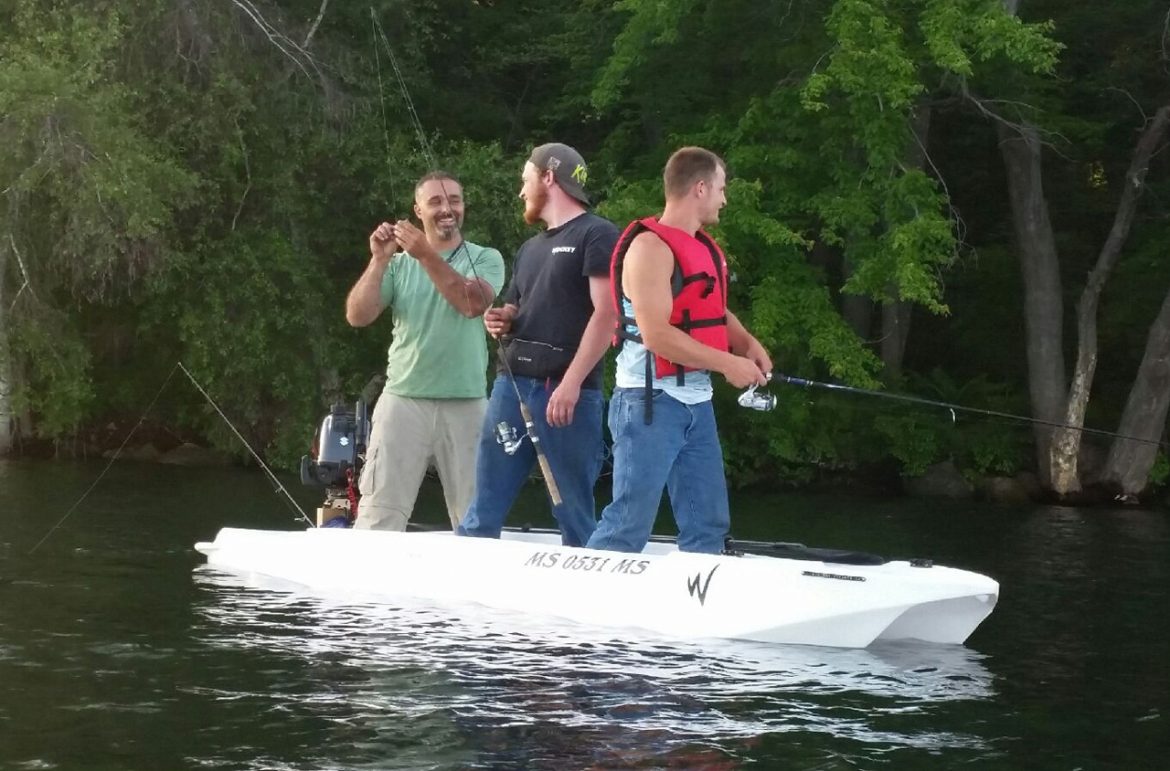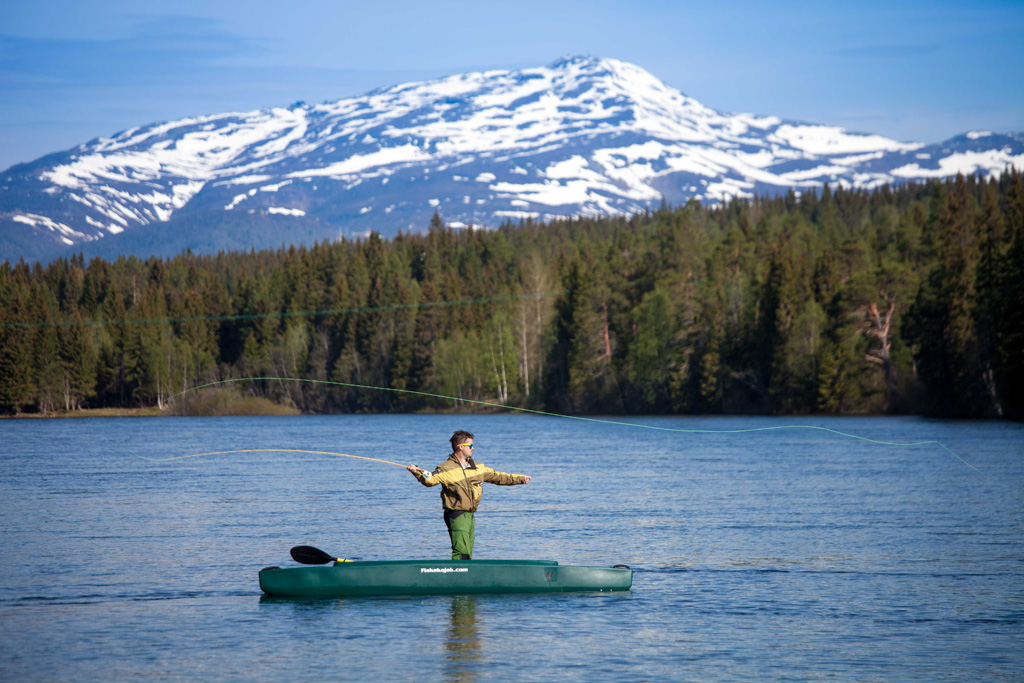Your fishing kayak’s stability is key to your success and fun in kayak fishing, and the outriggers may help in achieving better stability, but at a price.
By effective we mean how much stability can a pair of outriggers add to your fishing kayak’s initial lateral stability, and what are the drawbacks for using outriggers or that purpose, if any.
First, you need to understand what makes your fishing kayak stable (or unstable), and here is the skinny:
The kayak’s total amount of buoyancy, or roughly its volume is what defines its overall load capacity, or in other words, what weight it can carry without sinking.
All kayaks are symmetrical, which means that every kayak has a longitudinal axis, or center line – It’s the line that divides it in two identical parts: left and right. Each part is buoyant, obviously, and its characteristics are what defines that kayak’s lateral stability. These characteristics are:
1. Buoyancy (roughly the volume of each half), and
2. The distance of that kayak-half’s center of buoyancy from the kayak’s center line.
For this purpose it’s enough to say that the half-kayak’s center of buoyancy is the point at the center of that half-kayak’s mass. If this definition isn’t clear enough, let’s just say that the center of buoyancy is the point that best represents what that half-kayak can do in terms of keeping that side of the kayak from sinking in the water.
To make a long story short, a kayak’s stability can be simply defined by a number that’s the result of multiplying each half’s buoyancy times the distance of its center of buoyancy from the kayak’s center line.
That number would give us a relative answer as to a kayak’s initial stability: The more buoyancy on each side, and the further apart the kayak sides’ centers of buoyancy are – the stabler it is. It’s something that’s easy to understand intuitively, and reading this article about kayak stability will explain to you what makes the W fishing kayak stabler than the widest fishing kayak out there.
Going back to outriggers, what each outrigger does is two things:
1. Increase the buoyancy of each of that kayak’s halves, and
2. Displace the half-kayak’s center of buoyancy further away from the kayak’s center line.
This is why outriggers can increase your fishing kayak’s stability, and the bigger they are, and the more remote from your kayak’s center line – the stabler you’ll be.
And here are the drawbacks of using outriggers in fishing kayaks:
- Extra cost – A good pair of outriggers doesn’t come cheap
- Lack of efficiency – In order to properly stabilize your fishing kayak, outriggers would have to be attached to its middle section. This is impossible because doing that would prevent you from both paddling and fishing. This is why outriggers are mounted in the back of fishing kayaks, where they cause less disturbance to paddling and fishing, but at a price of offering no extra stability towards the kayak’s bow, and considerably less stability in the area where you sit, paddle and fish (or stand up, if you’re an over optimistic person…)
- Extra weight – With its attachment bars a pair or outriggers can weigh a lot, and that comes on top of your fishing kayak, fishing gear and tackle you need to get tom and from the beach.
- Extra complexity – In many case you’d have to attach the outriggers before launching, and detach them after beaching. It can take precious time.
- Reduced speed – Outriggers generate quite a bit of resistance, especially since their hull speed is much smaller than the main hull’s speed (I.E. they are much shorter than the kayak itself). In addition, outriggers create a windage problem, which can be a nasty experience for you when the wind picks up, and for some reason it tends to do it almost every time you go out fishing…
- Fishing problems – Outriggers and fishing lines don’t get along very well…
More information: How effective are outriggers for your fishing kayak’s stability?
Bottom line –
Outriggers offer a solution to the stability problem in kayaks, and it’s a solution that comes at a price that you don’t want to pay, in terms of money, weight, complexity, and other problems. This is why you’d better think simple and effective, namely get the alternative that works better, which the patented, super-stable Wavewalk kayak.



